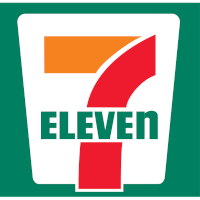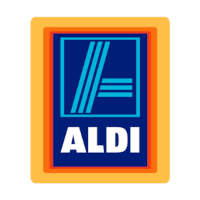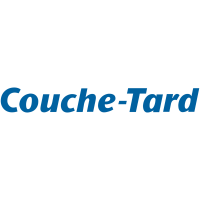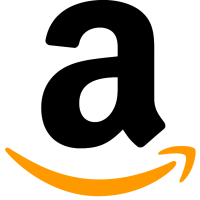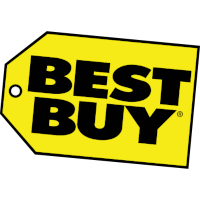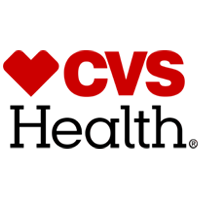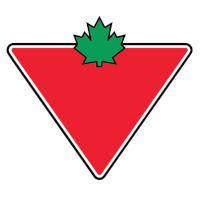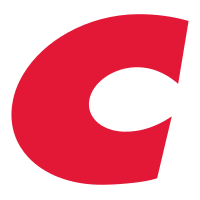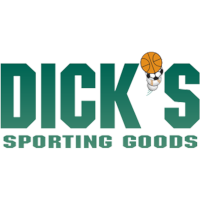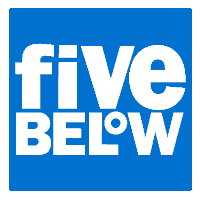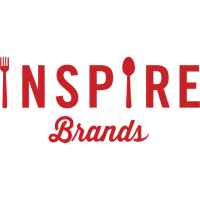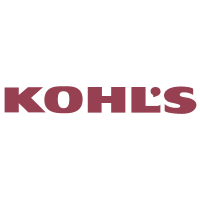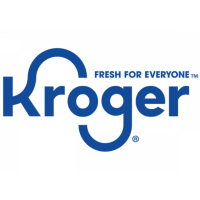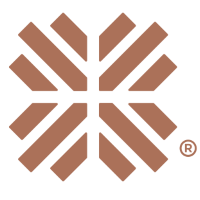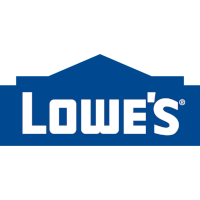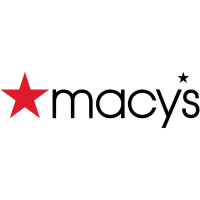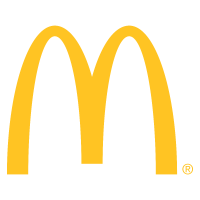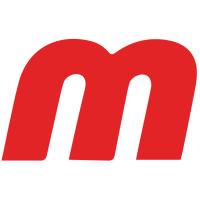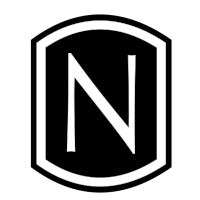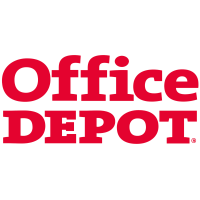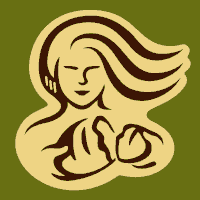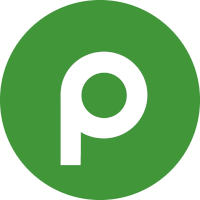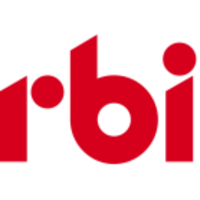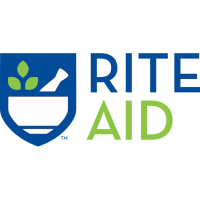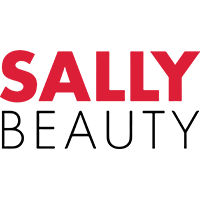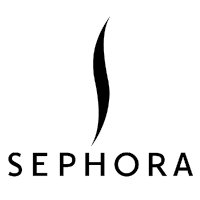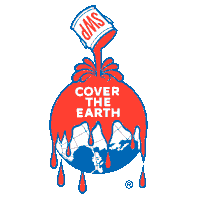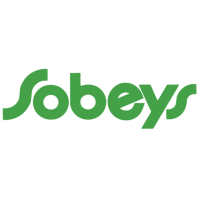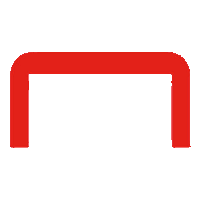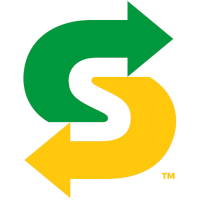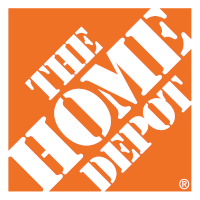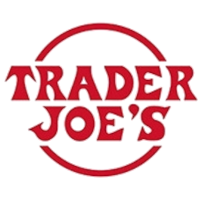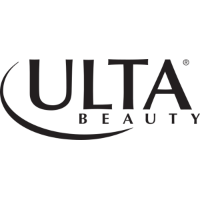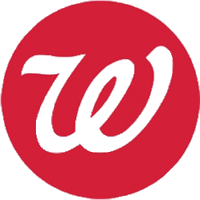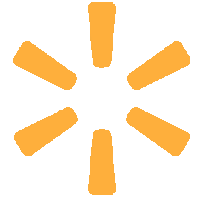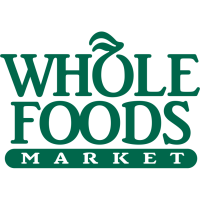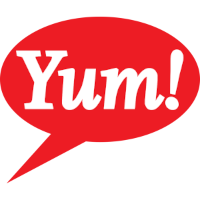Executive Summary
Ver en Español/Read in Spanish
The 2024 Retailer Report Card reveals that most retailers in the United States and Canada are failing to ensure that the products and packaging on store shelves are made with the safest chemicals and materials. The 2024 updated version of the Retailer Report Card raises the bar for retailers, prioritizing more heavily whether retailers are requiring the assessment of chemical ingredients and avoiding the most hazardous chemicals and plastics, largely derived from oil and gas, in products and packaging, resulting in safer solutions.
Overall, the average grade of 50 retailers was D+. Many retailers have not taken basic steps to ensure the safety of the products they sell. A total of 17 retailers earned failing grades (F): 7-Eleven, Ahold Delhaize, Alimentation Couche-Tard, Chipotle, Five Below, Inspire Brands, LL Flooring (Lumber Liquidators), Macy’s, McDonald’s, Nordstrom, Publix, Sally Beauty, Sherwin-Williams, Sobeys, Subway, Trader Joe’s, and Yum! Brands.
Four retailers received the highest grades: Apple (A), Sephora (A-), Target (A-), and Walmart (A-). The next tier of retailers that earned the highest marks were Whole Foods Market (B), IKEA (B), and Ulta Beauty (B-). Ulta Beauty earns the distinction as the most improved retailer of 2024, nearly doubling its score from 2021 to 2024.
The 2024 Retailer Report Card establishes, for the first time, an enhanced grading system called The Four Essential Elements for a Safer Marketplace. The four elements include: Corporate Commitment, Transparency, Ban the Bad, and Safer Solutions.
Highlights
The 2024 Retailer Report Card found that:
Corporate Commitment
More than half of retailers committed to adopting safer chemical policies: 56 percent of retailers have a corporate commitment to avoid the use of chemicals and plastics of high concern.
Retailers on average were most likely to earn points for Corporate Commitment, primarily through adopting safer chemicals policies. Unfortunately, these commitments were not always backed up by sufficient action to ensure safer solutions.
Transparency
More than half of retailers, 54 percent, are NOT asking suppliers for information on ingredients in products or packaging.
Most retailers do not ask their suppliers for any ingredient information. Except for cleaning products, personal care products, and cosmetics, most products don’t come with a chemical ingredient label. Without knowing what chemicals or plastics are being used, it is impossible for retailers to assess the hazards. This leaves customers and retailers in the dark about the safety of products. Only a few retailers, like Apple, have made meaningful progress in advancing supply chain disclosure of chemicals in other kinds of products.
Ban the Bad
Most retailers are banning dangerous chemicals and harmful plastics: 68 percent of retailers have made progress reducing toxic chemicals and plastics through ban the bad policies.
Retailers continue to make progress banning hazardous chemicals and plastics. Responding to growing public and regulatory pressure, many retailers are taking steps to reduce or eliminate specific chemicals and materials, such as per- and polyfluoroalkyl substances (PFAS), also known as “forever chemicals,” and polyvinyl chloride (PVC), the “poison plastic”. Unfortunately, most retailers are not using this opportunity to ensure that replacements are safer.
Safer Solutions
Minimal progress is being made on safer solutions, with 80 percent of retailers failing to ensure safer solutions to toxic chemicals and plastics.
A critical component to achieve safer products and packaging is to assess the hazards of chemicals and plastics and to choose the least hazardous. The majority of retailers do not have any criteria for safer products and packaging. The report card holds companies to a standard of “safer” adopted by the state of Washington, which is the only regulatory definition in the country. Only a handful of companies are leading the pack in this safer solutions category, including Apple, Target, Amazon, Walmart, and Sephora—proving that it is possible to implement corporate policies that both restrict toxic chemicals and plastics and drive the market to safer solutions. Both Sephora and Ulta Beauty, for example, are making the grade using innovative programs like ChemFORWARD’s Know Better Do Better, which is helping beauty retailers assess the hazards of thousands of ingredients and increase the use of those that are safer.
Lowest scores went to restaurants and dollar store chains.
Restaurant chains and dollar stores ranked, on average, the lowest among the retailer sectors evaluated. Retailers in these sectors must step up to protect consumers, especially low-income communities and communities of color, that tend to frequent many of these chains.
What are the Four Essential Elements for a Safer Marketplace?
Developed by Toxic-Free Future, The Four Essential Elements for a Safer Marketplace, based in best practice, guide our market transformation efforts and inform The Four Essential Elements of a Toxic-Free Future — Toxic-Free Future’s roadmap to safer chemicals, materials, and products.
Recommendations for retailers
Time to mind the store!
Corporate Commitment
Retailers must develop and implement comprehensive safer chemicals policies to safeguard consumers, communities, workers, and the environment from highly hazardous petrochemicals and plastics. Companies should participate in the Chemical Footprint Project to improve their chemicals management and support governmental policies to reduce and eliminate chemicals and plastics of high concern.
Transparency
Retailers should increase requirements that suppliers provide them with full chemical ingredient information, both in formulated products and in articles. They should then screen these chemicals for hazards, with tools such as the ChemFORWARD Ingredient Intelligence Reports or by calculating their chemical footprint, and then identify safer chemicals and materials to substitute.
Ban the Bad
Retailers should continue to Ban the Bad, setting public quantifiable goals to reduce and eliminate chemicals and plastics of high concern across product types, taking a class-based approach to chemical restrictions. Retailers should prioritize chemicals and plastics on the Ban the Bad Priority List for action, such as the “forever chemicals” PFAS and PVC, the “poison plastic.”
Safer Solutions
Retailers should adopt minimum criteria for safer chemicals, evaluate alternatives to chemicals and plastics of high concern, and then invest in and implement safer solutions to chemicals and materials of high concern to ensure substitutes are truly safer.
Total Possible Points
2024 Retailer Report Card
| Retailer |
Corporate Commitment
|
Transparency
|
Ban the Bad
|
Safer Solutions
|
Total |
|---|---|---|---|---|---|
| Retailers selling beauty and personal care products | 20 | 44 | 51 | 50 | 165 |
| Retailers not selling beauty and personal care products | 20 | 40 | 45 | 50 | 155 |
Grades and Percent of Total Possible Points Earned by Element
2024 Retailer Report Card
| Retailer |
Corporate Commitment
|
Transparency
|
Ban the Bad
|
Safer Solutions
|
Grade |
|---|---|---|---|---|---|
| 7-Eleven |
0%
|
0%
|
0%
|
0%
|
F
|
| Ahold Delhaize |
0%
|
0%
|
12%
|
0%
|
F
|
| Albertsons |
18%
|
5%
|
20%
|
12%
|
D-
|
| Aldi |
60%
|
14%
|
31%
|
0%
|
D+
|
| Alimentation Couche-Tard |
0%
|
0%
|
0%
|
0%
|
F
|
| Amazon |
43%
|
25%
|
41%
|
54%
|
C+
|
| Apple |
73%
|
76%
|
96%
|
86%
|
A
|
| Best Buy |
60%
|
23%
|
53%
|
16%
|
C
|
| CVS |
65%
|
26%
|
31%
|
12%
|
C-
|
| Canadian Tire |
60%
|
14%
|
38%
|
6%
|
D+
|
| Chipotle |
13%
|
1%
|
16%
|
0%
|
F
|
| Costco |
48%
|
23%
|
37%
|
12%
|
C-
|
| Dick’s Sporting Goods |
13%
|
8%
|
53%
|
12%
|
D+
|
| Dollar General |
60%
|
15%
|
22%
|
6%
|
D+
|
| Dollar Tree |
68%
|
17%
|
18%
|
0%
|
D
|
| Five Below |
0%
|
0%
|
0%
|
0%
|
F
|
| IKEA |
73%
|
58%
|
67%
|
40%
|
B
|
| Inspire Brands |
0%
|
0%
|
22%
|
0%
|
F
|
| Kohl’s |
60%
|
9%
|
40%
|
0%
|
D+
|
| Kroger |
48%
|
26%
|
41%
|
0%
|
C-
|
| LL Flooring |
0%
|
0%
|
4%
|
0%
|
F
|
| Loblaw |
25%
|
5%
|
29%
|
6%
|
D
|
| Lowe’s |
60%
|
35%
|
67%
|
20%
|
C+
|
| Macy’s |
18%
|
0%
|
12%
|
0%
|
F
|
| McDonald’s |
0%
|
5%
|
24%
|
0%
|
F
|
| Metro |
48%
|
0%
|
14%
|
6%
|
D-
|
| Nordstrom |
0%
|
5%
|
24%
|
0%
|
F
|
| Office Depot |
48%
|
17%
|
33%
|
22%
|
C-
|
| Panera Bread |
13%
|
36%
|
49%
|
0%
|
C-
|
| PetSmart |
13%
|
28%
|
13%
|
0%
|
D-
|
| Publix |
0%
|
0%
|
0%
|
0%
|
F
|
| REI |
73%
|
26%
|
33%
|
18%
|
C
|
| Restaurant Brands International |
13%
|
0%
|
31%
|
0%
|
D-
|
| Rite Aid |
58%
|
32%
|
41%
|
6%
|
C-
|
| Sally Beauty |
0%
|
0%
|
0%
|
0%
|
F
|
| Sephora |
73%
|
86%
|
75%
|
48%
|
A-
|
| Sherwin-Williams |
0%
|
0%
|
0%
|
0%
|
F
|
| Sobeys |
13%
|
0%
|
6%
|
5%
|
F
|
| Staples |
65%
|
22%
|
18%
|
28%
|
C-
|
| Starbucks |
13%
|
0%
|
42%
|
6%
|
D
|
| Subway |
0%
|
0%
|
24%
|
0%
|
F
|
| TJX |
43%
|
0%
|
31%
|
12%
|
D
|
| Target |
73%
|
36%
|
92%
|
60%
|
A-
|
| The Home Depot |
60%
|
12%
|
62%
|
0%
|
C-
|
| Trader Joe’s |
0%
|
0%
|
0%
|
0%
|
F
|
| Ulta Beauty |
60%
|
69%
|
53%
|
20%
|
B-
|
| Walgreens |
60%
|
36%
|
57%
|
6%
|
C
|
| Walmart |
100%
|
54%
|
75%
|
50%
|
A-
|
| Whole Foods Market |
80%
|
67%
|
75%
|
20%
|
B
|
| Yum! Brands |
13%
|
0%
|
22%
|
0%
|
F
|

The 2024 Report
- II. Introduction
- III. Grades
- IV. Leaders and Laggards
- V. Key Findings
- VI. Recommendations
- VII. Resources
- VIII. Methodology
- IX. About this Report
More
Select a retailer
Tell retailers that got an “F” to step up and make toxics elimination a priority.


